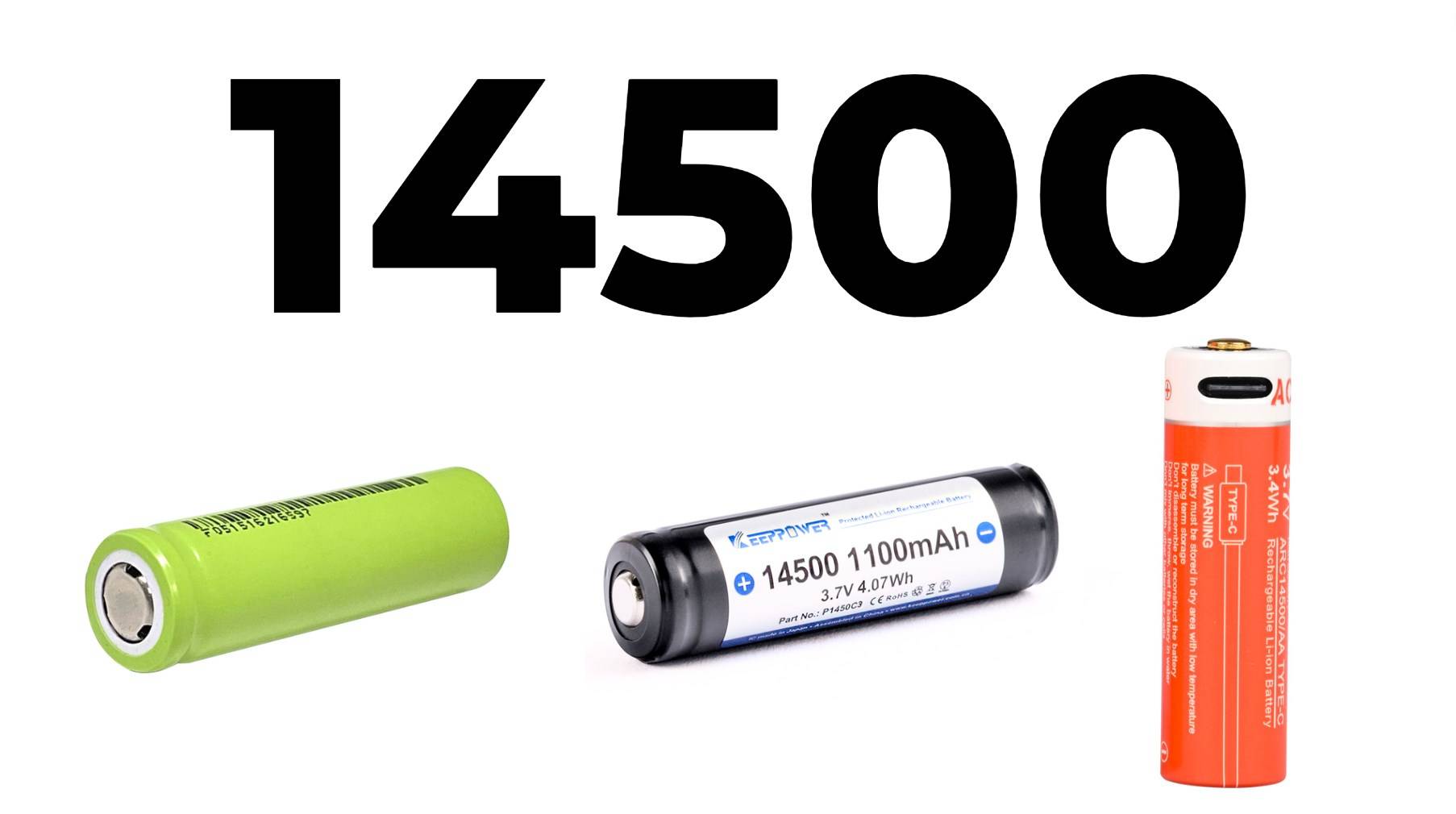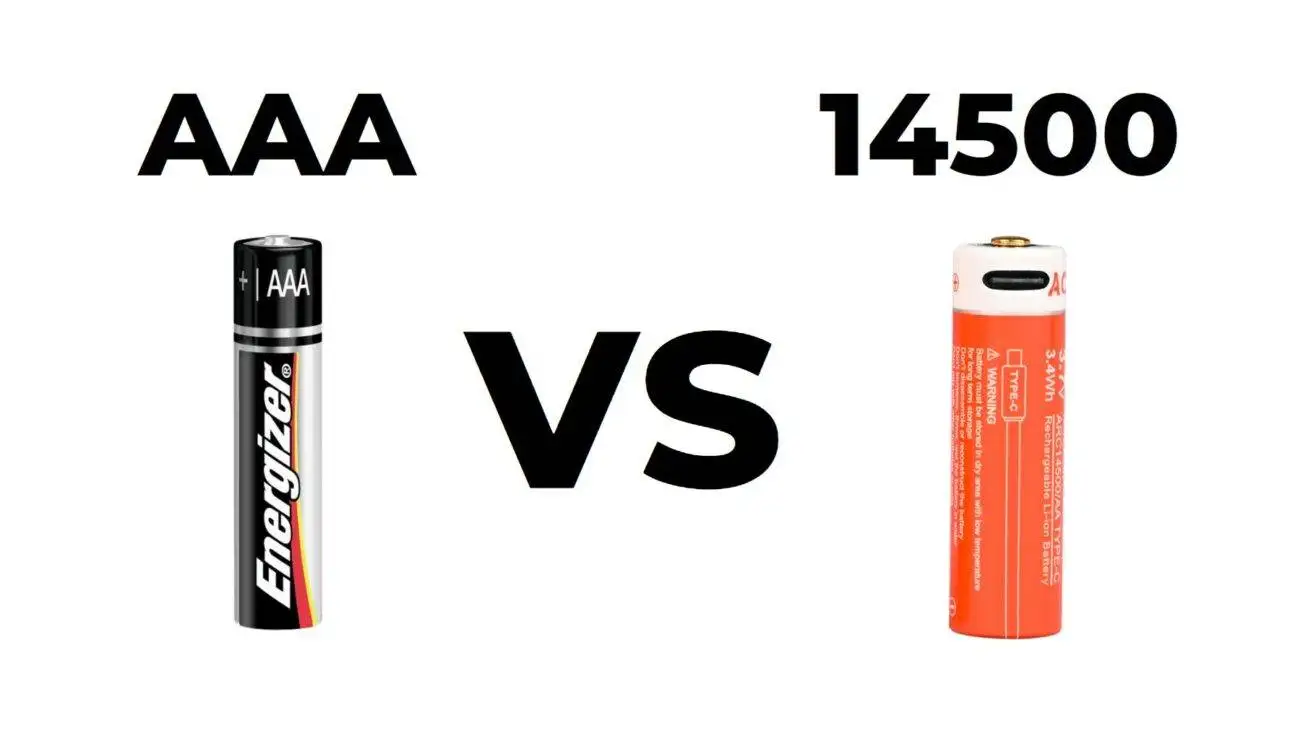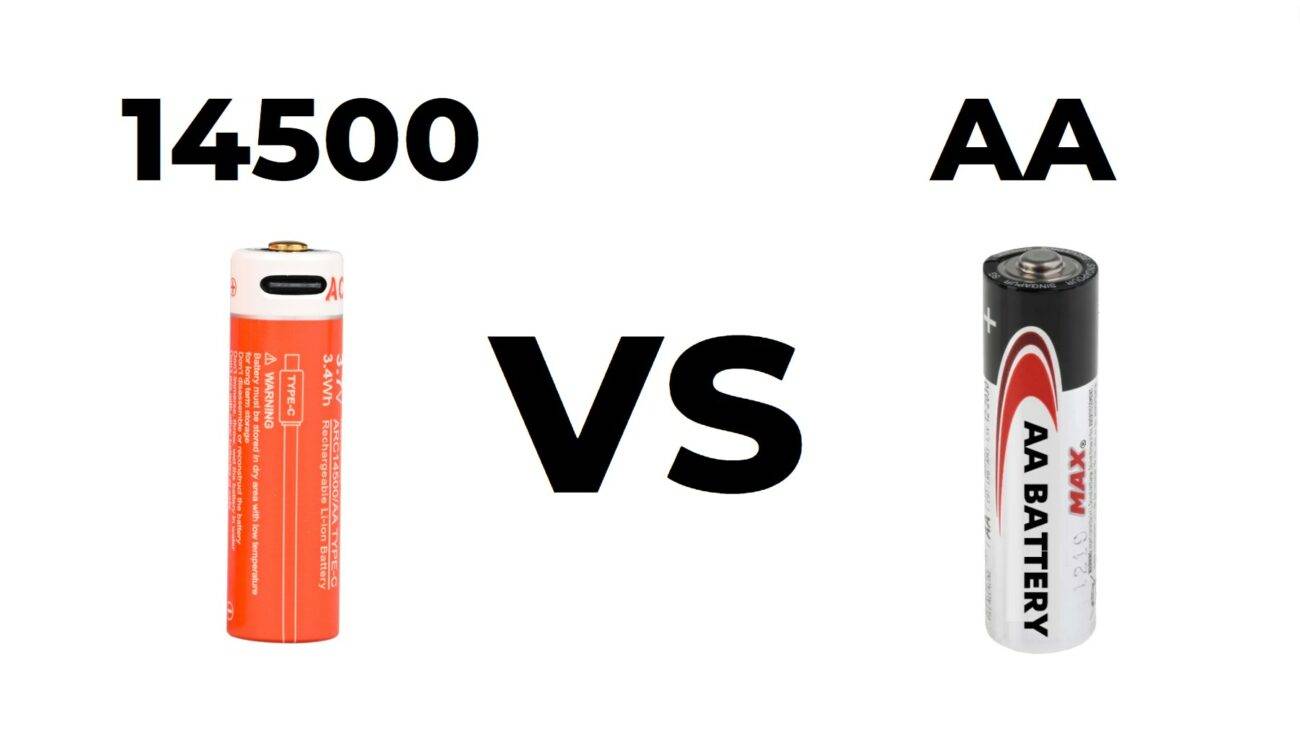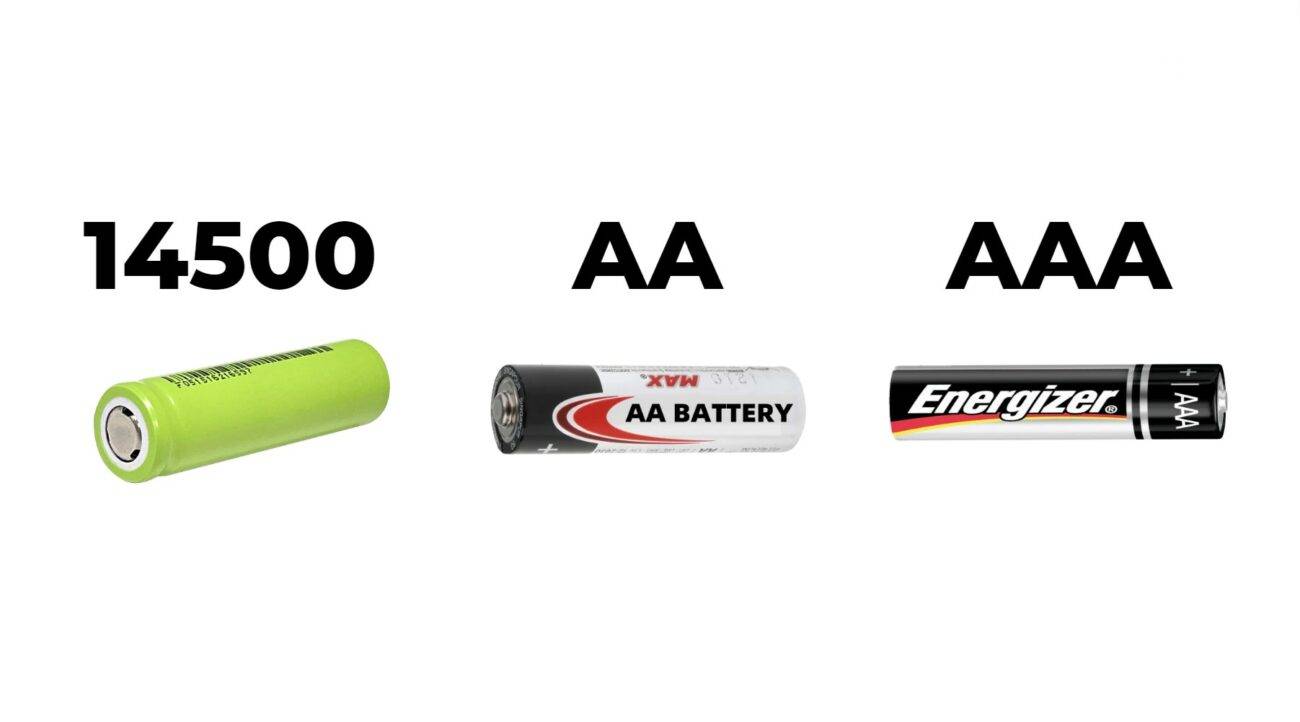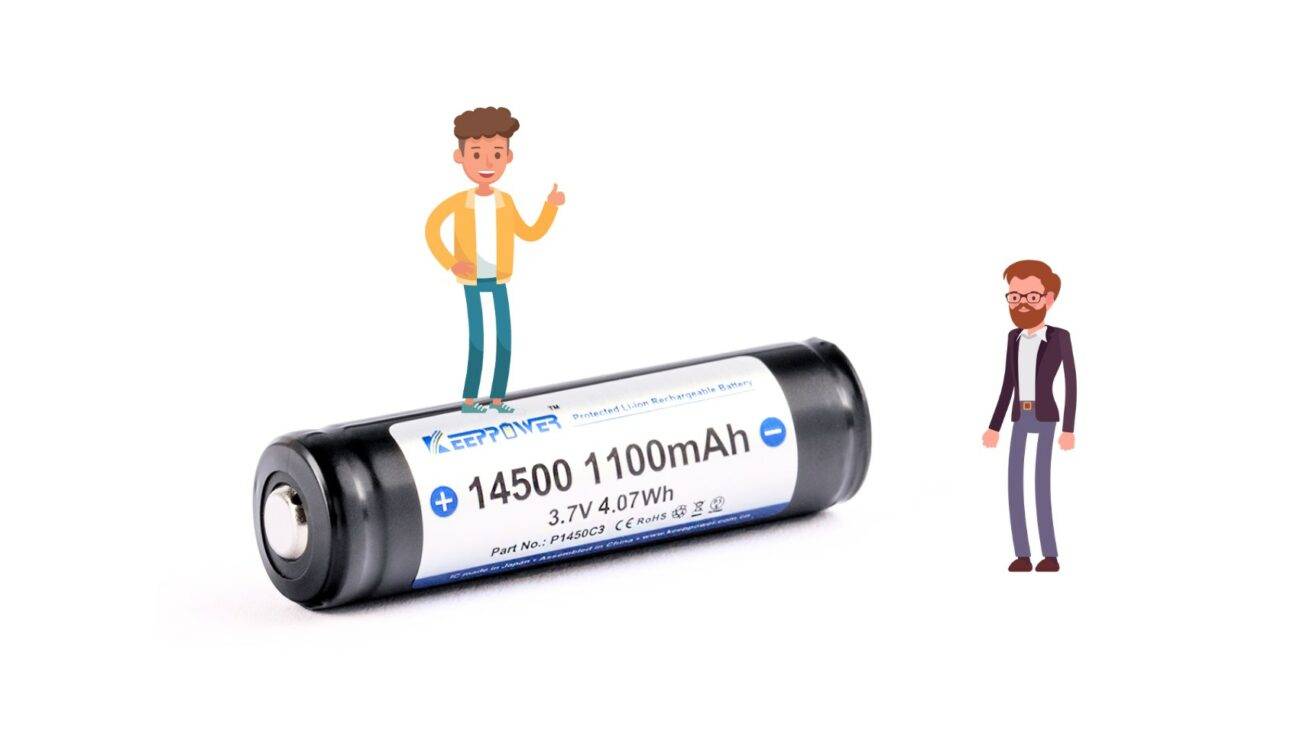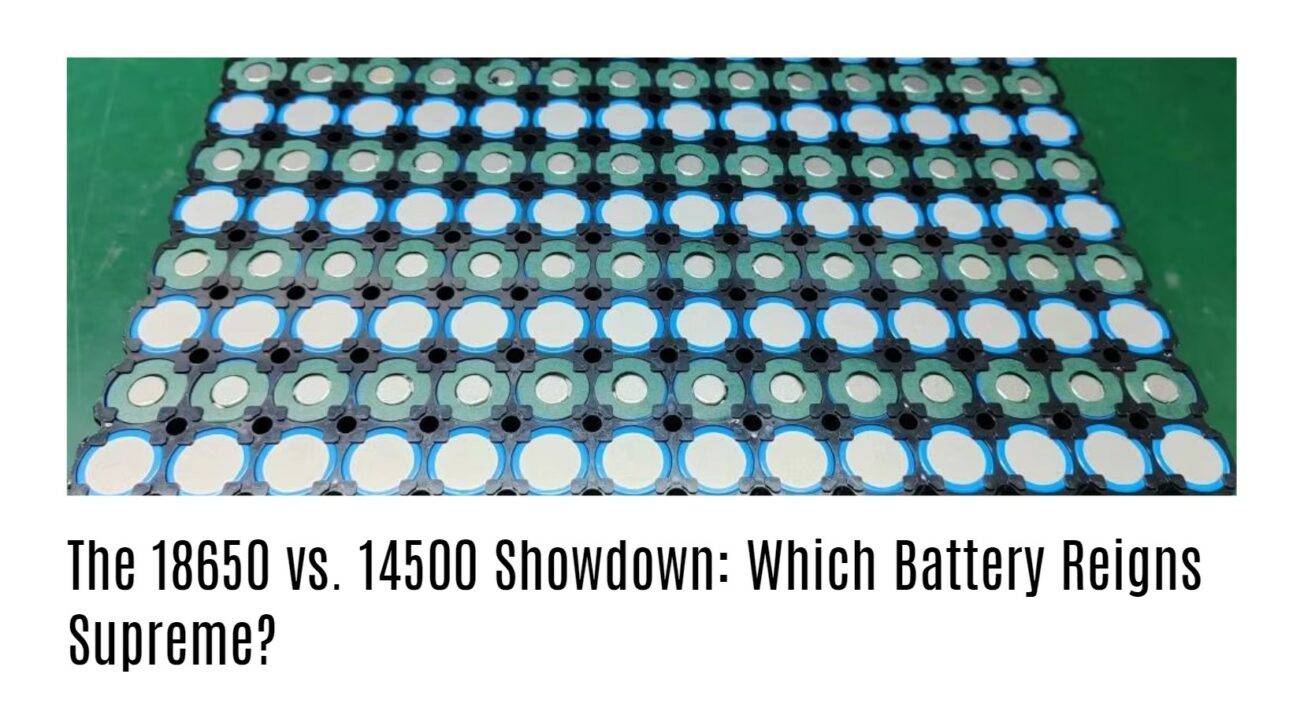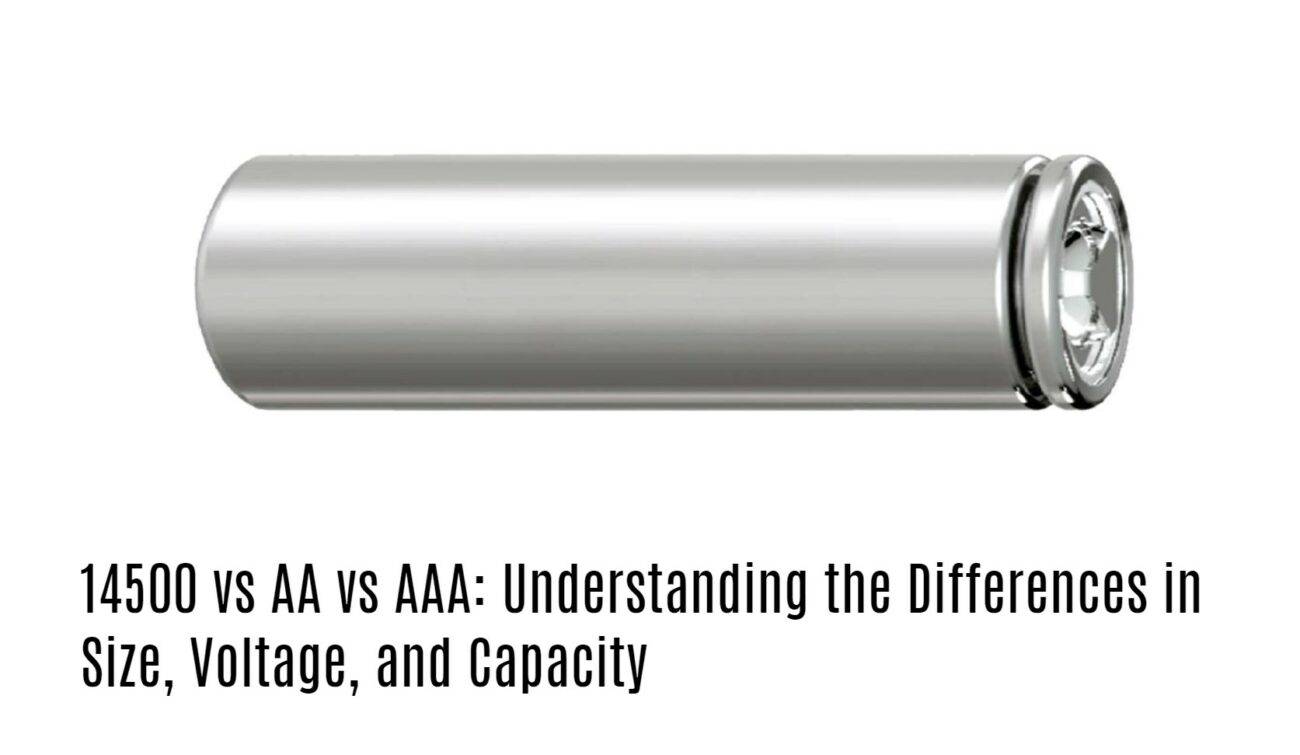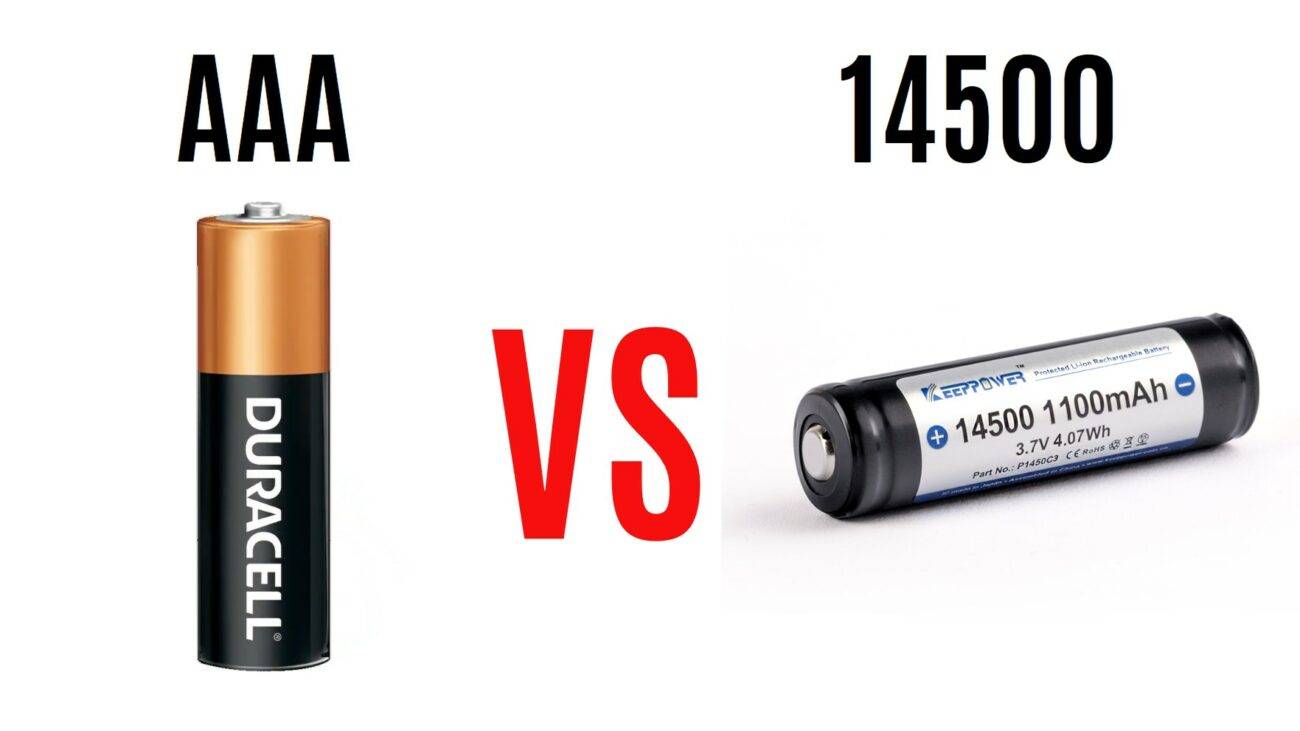The 14500 battery is a cylindrical lithium-ion rechargeable battery commonly used in various electronic devices, including flashlights, toys, and power tools. Understanding its specifications and available equivalents is crucial for selecting the right battery for your needs.
What Are 14500 Batteries and Their Specifications?
The 14500 battery is similar in size to a standard AA battery but typically has a higher voltage and capacity:
- Dimensions: 14 mm in diameter and 50 mm in length.
- Nominal Voltage: Approximately 3.6 to 3.7 volts.
- Capacity: Generally ranges from 600 mAh to over 3000 mAh, depending on the specific chemistry.
These specifications make it a versatile option for powering various devices.
Chart: Specifications of 14500 Batteries
| Specification | Value |
|---|---|
| Diameter | 14 mm |
| Length | 50 mm |
| Nominal Voltage | 3.6V – 3.7V |
| Capacity | 600 mAh – 3000 mAh |
Why Are 14500 Batteries Popular in Various Applications?
The popularity of the 14500 battery can be attributed to several factors:
- Compact Size: Its small form factor makes it suitable for portable devices.
- High Energy Density: Offers a significant amount of power relative to its size.
- Rechargeable: Provides cost savings and environmental benefits compared to disposable batteries.
These attributes make the 14500 battery a preferred choice for many manufacturers and consumers alike.
Chart: Reasons for Popularity of 14500 Batteries
| Reason | Description |
|---|---|
| Compact Size | Fits easily into small devices |
| High Energy Density | Delivers substantial power |
| Rechargeable | Cost-effective and eco-friendly |
What Are the Common Equivalents to 14500 Batteries?
Several batteries can serve as equivalents or alternatives to the 14500 lithium-ion battery:
- AA Lithium Batteries: While not rechargeable, they offer similar dimensions and voltage.
- 18650 Batteries: Larger in size but often used in similar applications due to their higher capacity.
- RCR123A Batteries: These are also lithium-ion batteries that can fit some devices designed for the 14500.
Understanding these alternatives helps users find compatible options based on their specific needs.
Chart: Common Equivalents to 14500 Batteries
| Equivalent | Description |
|---|---|
| AA Lithium Battery | Non-rechargeable, similar dimensions |
| 18650 Battery | Larger size, higher capacity |
| RCR123A Battery | Lithium-ion alternative for specific devices |
How Do 14500 Batteries Compare to Other Lithium Battery Types?
When comparing the 14500 battery with other lithium battery types, several key differences emerge:
- Voltage: Most lithium batteries have a nominal voltage of around 3.7V, making them comparable.
- Size: The compact design of the 14500 allows it to fit into smaller devices where larger batteries cannot.
- Capacity: While some larger batteries (like the 18650) offer greater capacity, the trade-off is size.
These comparisons help users understand when to choose a specific type of battery based on application requirements.
Chart: Comparison of Lithium Battery Types
| Feature | AA Lithium | 14500 Battery | 18650 Battery |
|---|---|---|---|
| Voltage | ~1.5V | ~3.6V – ~3.7V | ~3.6V – ~3.7V |
| Size | Standard AA | Compact | Larger |
| Capacity | Varies | 600 mAh – ~3000 mAh | ~1800 mAh – ~3500 mAh |
What Are the Advantages of Using 14500 Batteries?
Using 14500 batteries offers several advantages:
- Versatility: Suitable for a wide range of applications from flashlights to medical devices.
- Rechargeability: Reduces waste and saves money over time compared to single-use batteries.
- Performance: Provides consistent power output until depletion, ensuring reliable device operation.
These benefits make them an attractive option for both manufacturers and end-users.
What Are the Challenges Associated with 14500 Batteries?
Despite their advantages, there are challenges related to using and manufacturing these batteries:
- Safety Risks: Improper handling or charging can lead to overheating or failure.
- Availability: While popular, they may not be as readily available as more common sizes like AA or AAA batteries.
- Environmental Concerns: Disposal of lithium-ion batteries poses environmental challenges due to hazardous materials.
Addressing these challenges is essential for sustainable use of lithium-ion technology.
Chart: Challenges Facing 14500 Batteries
| Challenge | Description |
|---|---|
| Safety Risks | Potential overheating or fire hazards |
| Availability | May not be as common as other sizes |
| Environmental Concerns | Issues related to disposal |
FAQ: Common Questions About 14500 Battery Equivalents
Q1: Can I use a regular AA battery instead of a 14500?
A1: No, while they are similar in size, AA batteries operate at a lower voltage (1.5V) and are not rechargeable like the 14500.Q2: How do I charge a 14500 battery?
A2: Use a charger specifically designed for lithium-ion batteries that matches the specifications of the cell.Q3: What devices commonly use 14500 batteries?
A3: Common devices include flashlights, electronic cigarettes, toys, and some medical equipment.
Industrial News: Recent Developments in Battery Technology
Recent developments in battery technology highlight advancements in lithium-ion chemistry and recycling processes. Companies are focusing on improving energy density while enhancing safety features across various battery types, including the popularization of alternative chemistries that may replace traditional lithium-ion cells in certain applications. Additionally, increased investment in recycling technologies aims to address environmental concerns associated with lithium-ion batteries.
Redway Expert Insights
“Understanding your options when it comes to battery types like the 14500 is crucial as we move towards more efficient energy solutions,” states Dr. Sarah Johnson, an expert in energy storage systems. “As technology evolves, we can expect further innovations that will enhance performance while addressing safety and environmental issues.”


